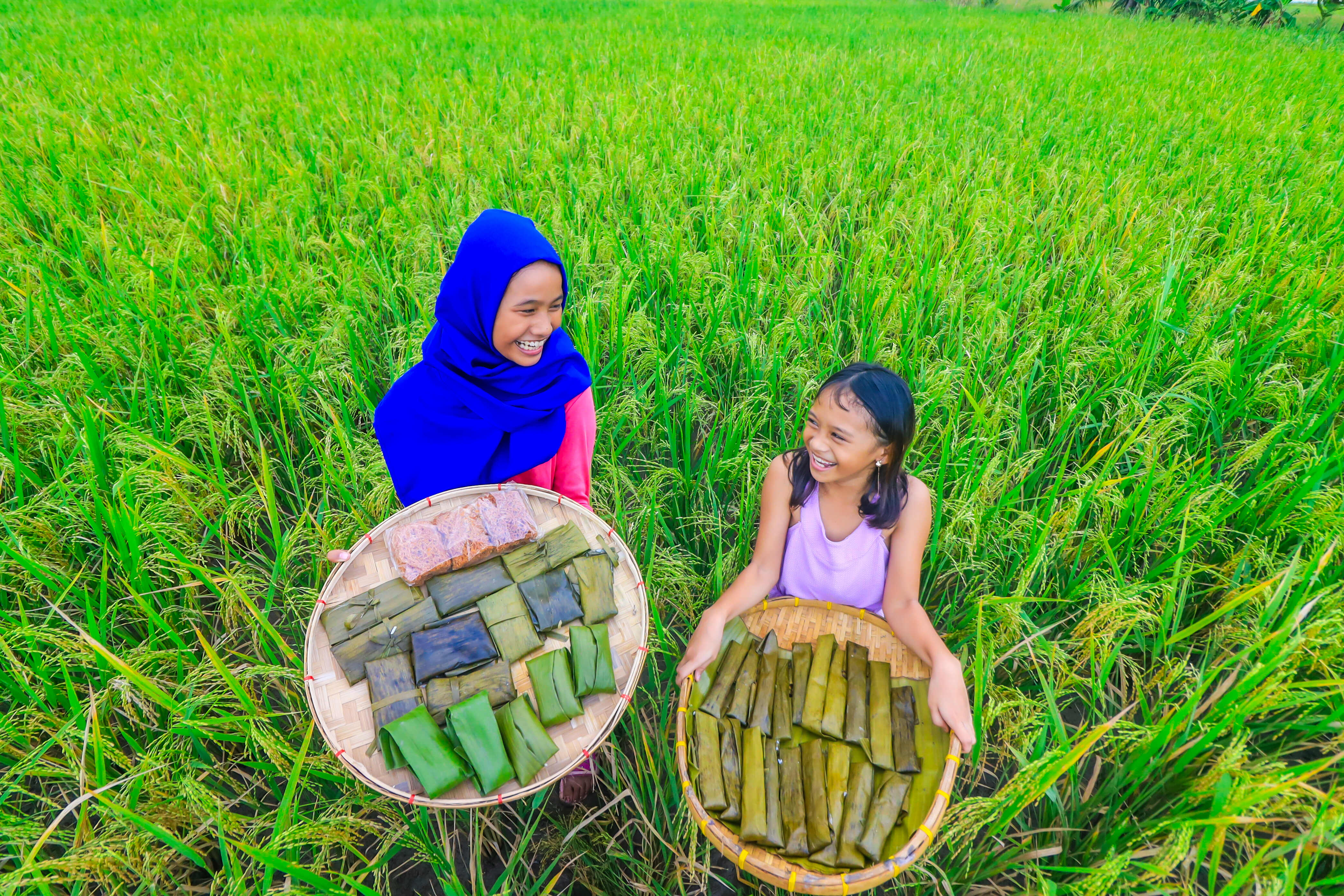As part of the IYM2023 celebration, the Food and Agriculture Organization of the United Nations (FAO) organized an “IYM Global Webinar Series” to shed light on the various environmental, social and economic benefits of millets, their rich heritage and their vast potential.
The International Treaty on Plant Genetic Resources for Food and Agriculture collaborated with the Crop Trust and the International Crops Research Institute for the Semi-Arid Tropics (ICRISAT) to organize an international panel of experts to highlight the importance of the genetic diversity of sorghum and millets for food security and nutrition. Learn about the recent advances and current challenges in the conservation, sharing, and use of the diversity of these important but often unjustly overlooked crops.
Millets were among the first domesticated plants and remain a traditional staple crop for millions of people mainly in Sub-Saharan Africa and Asia. As a fundamental crop for multiple Indigenous Peoples’ food systems around the world, millets have been an important crop for millennia, and even today can help overcome food scarcity in difficult periods, contributing to the food security and nutrition of vulnerable populations. Learn more about the historical, anthropological and archaeological aspects of millets and their evolving heritage today.
Millets can be grown in high temperatures and with little water in poor soils and resist crop diseases and pests. Millets are known to yield grain when other staple crops fail in extreme weather. This means millets can help stave off food insecurity as the climate becomes more erratic. Learn more about the climate resilience characteristics of millets, the FAO Agro-Ecological Zones (AEZ) modelling framework developed for millets and to know farmers’ experience in growing millets in drylands.
Millets are nutritious, and to satisfy varied consumer demands there are significant prospects for value chain entrepreneurs to harvest, process and market a range of nutritious products. Learn how to establish value chains for millets, from seed to table through practical experiences from Italy and India and lessons learnt from Burkina Faso on how to reduce crop losses in sorghum.
Millets are a vital option to diversify agrifood systems and to adapt to changes in climate, especially in the drylands where many of the world’s most vulnerable populations reside. Learn about how the cultivation and consumption of millets can help empower smallholder farmers, women, Indigenous Peoples and youths by improving their livelihoods, entrepreneurial opportunities and nutritional status while enhancing the resilience of local production systems, especially through increased on-farm diversity.
Fonio is one of the oldest crops in Africa, and among the world’s fastest maturing cereal (60-70 days). In many Western African countries, fonio plays an important role in household food security and income generation and holds a significant place in cultural identity. Fonio is valued for its high nutrition, and ability to grow in areas of drought and high temperatures. Learn about the genetics, taxonomic diversity and distribution of fonio, seed science and conservation, sustainable cultivation practices, potential uses and nutritional values, and opportunities to generate income.
.png?sfvrsn=d9da8bbc_1)




CIMMYT
Icrisat
CIMMYT
North American Millets Alliance
Sustainable Development Solutions Network
It is the first documentary to feature the foxtail millet, a crop of Chinese origin.The documentary brings evidences from the view of botany, genetics, crop breeding, archaeology and history to show that the foxtail millet has originated in the Yellow River Basin of China and has important position and function in the formation of Chinese agricultural civilization, providing a wealth of audio-video information for the audience to understand the history of Chinese civilization development. The documentary has popularized the foxtail millet’s origination, evolution, spreading, resource, breeding innovation, nutrition, health function and spiritual and cultural connotation, has deeply explored the material, spiritual, cultural, political, scientific, technological and ecological imprints that millet laid on the excellent traditional culture of the Chinese nation.
The film "Soul Of Hybrid Millet" tells the story of Zhao Zhihai, an agricultural expert in Zhangjiakou City, Hebei Province, China. After 37 years of sticking to the "millet hybrid career", he repeatedly tried and failed but never gave up, finally breaking the scientific research problems of "hybrid foxtail millet" agricultural technology, shaping the image of agricultural scientists who overcome difficulties and make great achievements. The “Zhang Za Hybrid Foxtail Millet” studied by Zhao Zhihai solved the problem of high yield technology and resource innovation in dry land, and created a high yield record of 811.9 kg per mu, which was extended to 11 countries in Africa. It is another major contribution to the world grain increase after hybrid rice. In 2009, Jacques Diouf, the Director-General of the Food and Agriculture Organization of the United Nations, after inspecting hybrid millet in Zhangjiakou City, suggested that "hybrid millet" be promoted globally as a core project of "South-South cooperation". Zhao Zhihai is also known as the "Father of hybrid foxtail millet."

With the declaration of 2023 as the International Year of Millets, let’s commit to enhance its production and promote this health promising crop in our regular diet. Millets are not only beneficial to farmers, but also, it provides nourishment to millions of people across the globe.

The deposit from the ICRISAT's genebank contains eight millet and three legume varieties adapted to the dryland growing conditions. Conserving them is important for the whole of humanity, says Kuldeep Singh, head of ICRISAT.